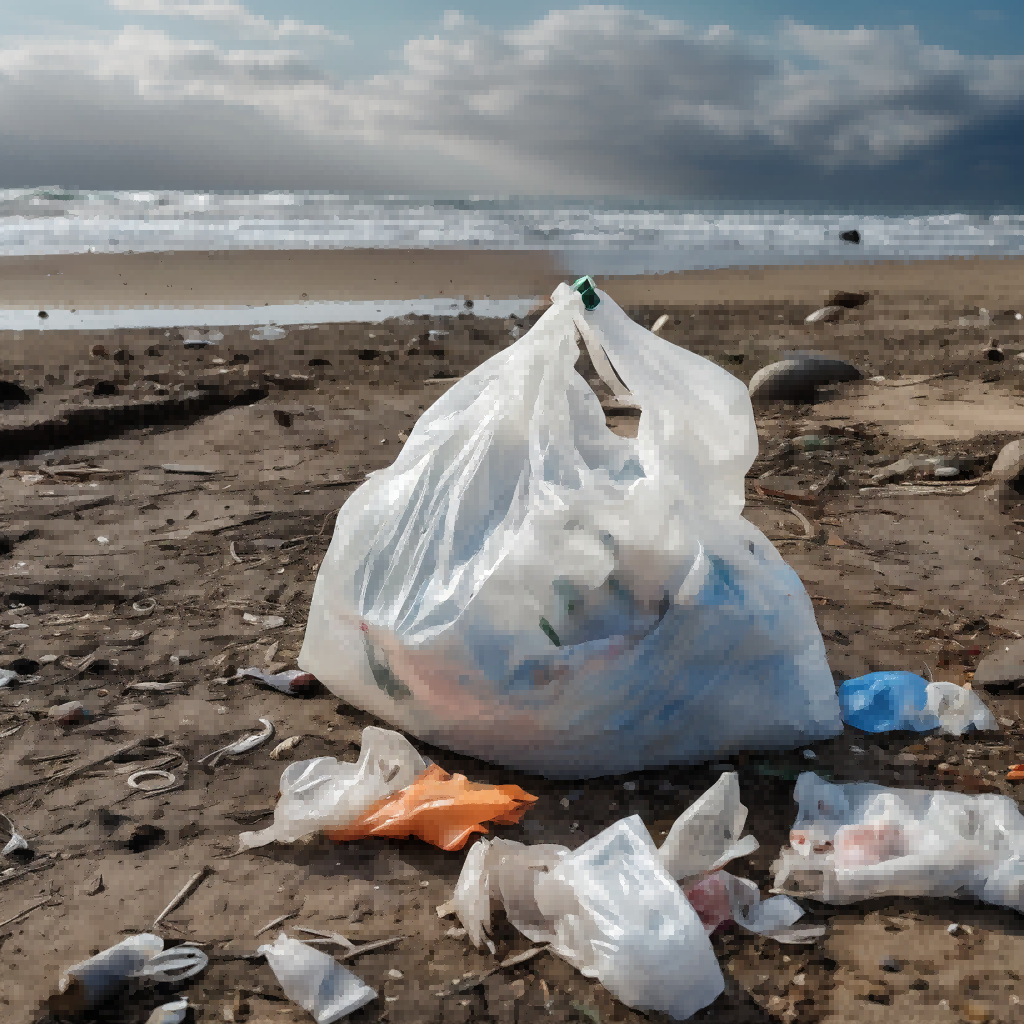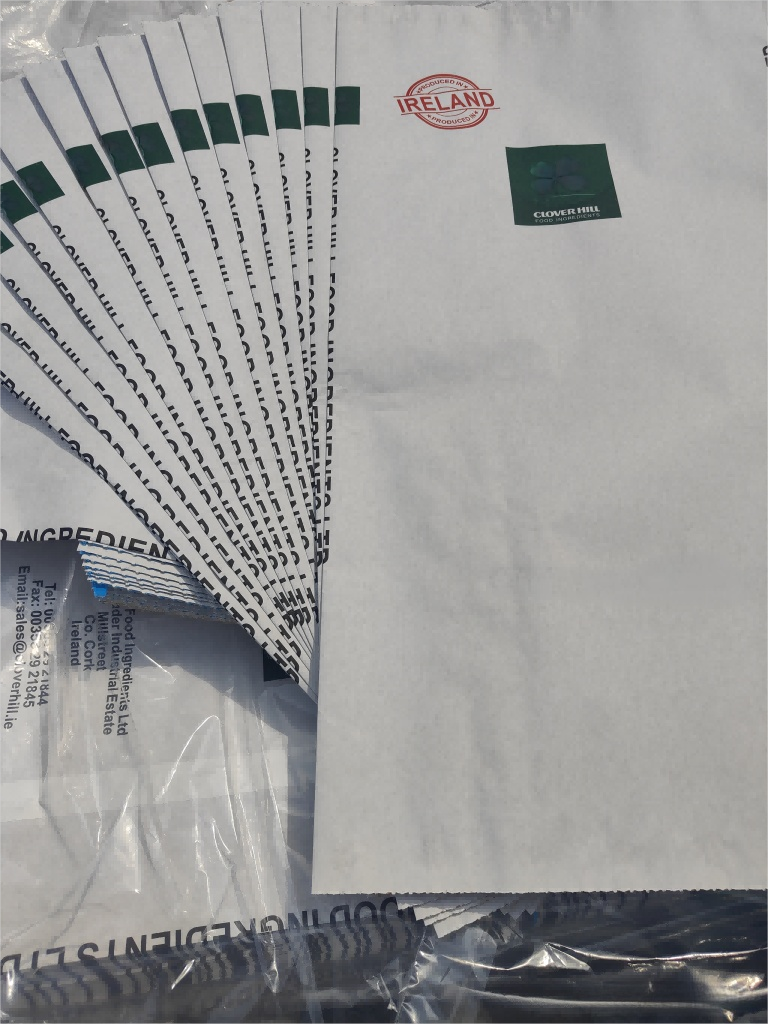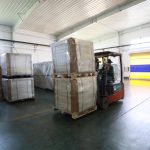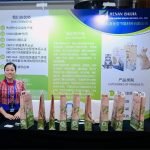Advantages of Plastic Bags in Industrial Packaging:
- Durability: Plastic bags have better strength and durability than paper sacks. They can withstand rough handling, heavy loads, and exposure to a variety of environmental conditions during storage and transportation.
- Moisture Resistance: Plastic bags are more moisture-proof than paper sacks and are suitable for packaging products that are sensitive to moisture or are prone to deterioration when exposed to moisture or water.
- Cost-Effective: Compared to other packaging materials, plastic bags are generally cheaper to produce, lightweight and require less storage space, resulting in cost savings.
Disadvantages of Plastic Bags in Industrial Packaging:
- Environmental Impact: Plastic bags have a significant environmental impact due to their non-biodegradable nature. They can take hundreds of years to decompose, contributing to pollution and posing a threat to wildlife and ecosystems.
- Single-Use Concerns: Plastic bags are often used once and then discarded, leading to excessive waste generation. Their widespread use has contributed to plastic pollution, especially in marine environments.

Advantages of Paper Sacks in Industrial Packaging:
- Biodegradability: Paper sacks are biodegradable and can naturally decompose over time. They have a lower environmental impact compared to plastic bags.
- Renewable Resource: Paper is made from trees, which are a renewable resource. Sustainable forestry practices ensure a continuous supply of raw materials for paper production.
- Recyclability: Paper sacks are widely recyclable, meaning they can be turned into new paper products, reducing the need for virgin materials and promoting a circular economy.
- Customization and Printability: Paper sacks offer excellent printability, allowing for branding, product information, and labeling to be easily applied. This feature helps with product identification and marketing.

Disadvantages of Paper Sacks in Industrial Packaging:
- Moisture Sensitivity: Paper is susceptible to moisture absorption, which can compromise the integrity of the packaging and the products inside. Additional protective measures, such as laminating or using moisture-resistant coatings, may be required for moisture-sensitive goods.
- Higher Cost: Paper sacks, especially those with specialized features or coatings, can be more expensive compared to plastic bags. The cost of raw materials, production processes, and customization options can contribute to higher overall packaging expenses.
When choosing between plastic bags and paper sacks for industrial packaging, it's essential to consider the specific requirements of the products, environmental concerns, and any regulations or preferences within the industry. Many companies are increasingly opting for more sustainable alternatives to plastic, such as biodegradable or compostable materials, to address the environmental impact of packaging.




